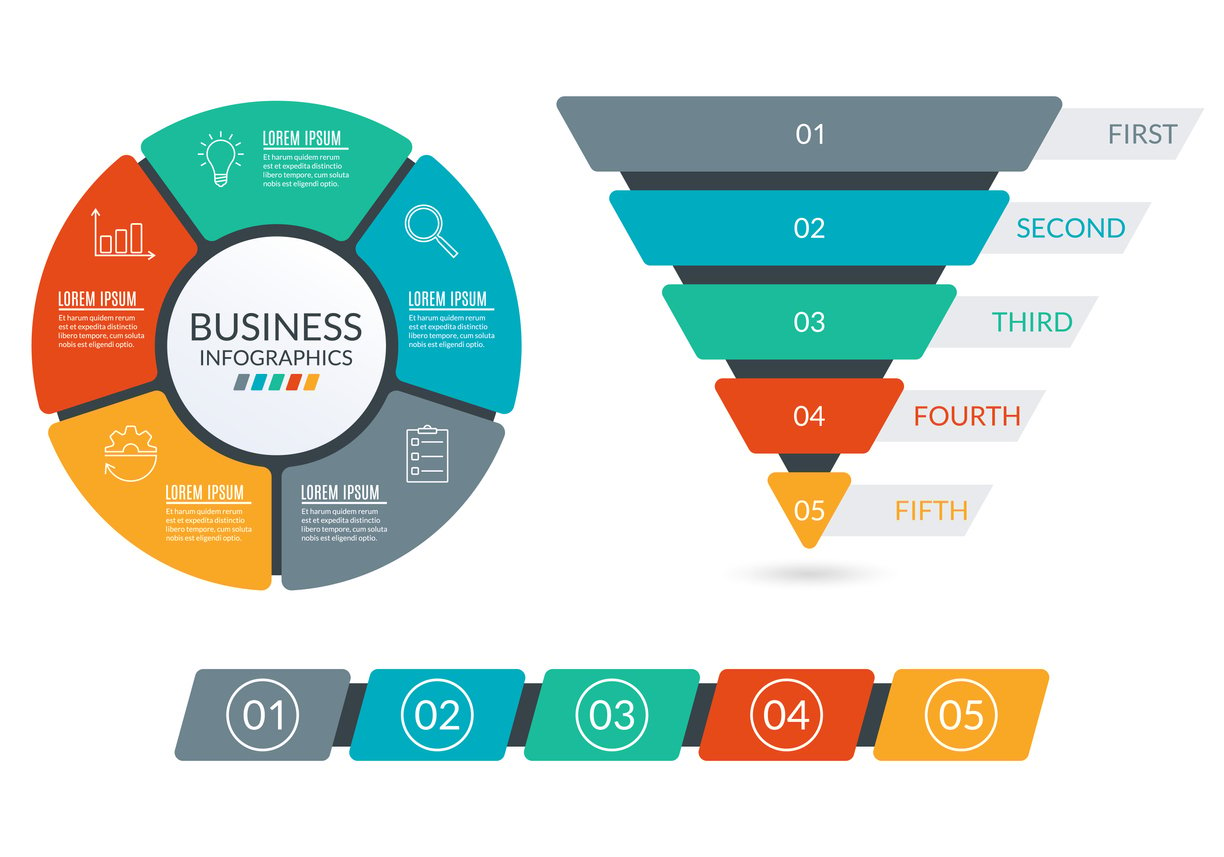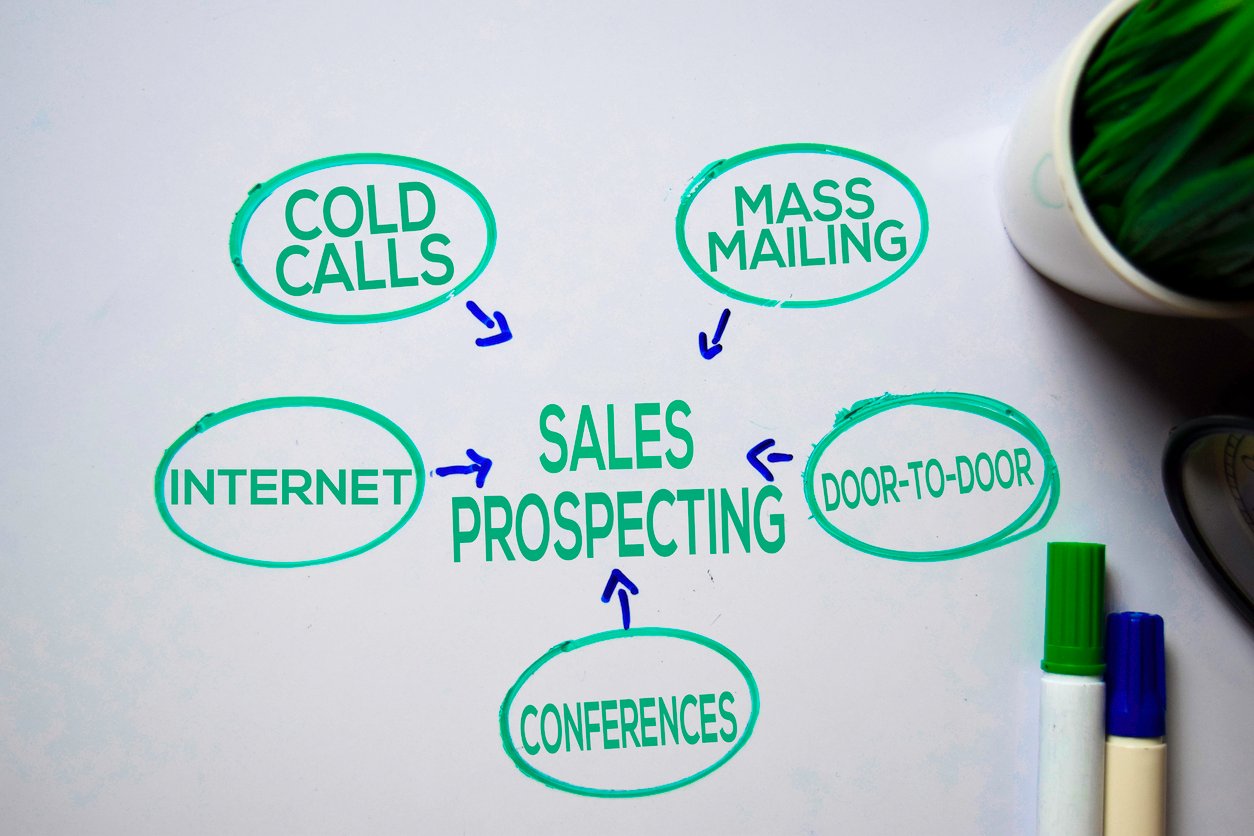
MQL vs SQL: Understanding Lead Qualification Differences
 Updated on
Updated on
 By Carlos Correa
By Carlos Correa
Carlos Correa
Carlos has been involved in the sales space for well over ten years. He began in the insurance space as an individual sales agent, managing teams as s...
learn more
Carlos Correa
Carlos has been involved in the sales space for well over ten years. He began in the insurance space as an individual sales agent, managing teams as s...
Table of Contents
Table of Contents
If you've ever had marketing and sales arguing about lead quality, you already know why the distinction between MQL vs SQL leads matters. Marketing insists they're sending over "hot" leads, while sales claims the pipeline is full of tire-kickers.
Sound familiar?
The truth is, SQL vs MQL are usually right—they're just speaking different languages. Without a clear definition of what makes a lead marketing qualified (MQL) versus sales qualified (SQL), the handoff gets messy.
Prospects get lost, conversion rates tank, and frustration builds.
In this MQL vs SQL article, we'll break down the key differences between MQL and SQL, why these definitions matter, how to move leads smoothly from one stage to the next, and the best practices that top-performing companies follow.
MQL vs SQL: Key Differences

Before we go into strategy, let's nail down the basics: what is MQL vs SQL?
Here's a breakdown of each:
- Marketing Qualified Lead: Someone who's shown interest but isn't ready to buy. They've downloaded an ebook, signed up for a webinar, or engaged with your emails. They're curious, but they still need nurturing.
- Sales Qualified Lead: Someone who's gone beyond curiosity and is seriously considering a purchase. They've asked for a demo, requested pricing, or spoken with your sales team.
Understanding the difference between MQL vs SQL is crucial for aligning your sales and marketing efforts.
This table will help you see the key distinctions between MQL vs SQL marketing leads.
|
Aspect |
MQL (Marketing Qualified Lead) |
SQL (Sales Qualified Lead) |
|
Intent |
Researching, exploring |
Ready to evaluate or buy |
|
Typical Behaviors |
Content downloads, webinar signups, email engagement |
Demo requests, pricing inquiries, speaking to sales |
|
Handler |
Marketing team |
Sales team |
|
Goal |
Nurture and educate |
Convert to opportunity and close |
|
Examples |
Visitor downloads "Top 10 Insurance Tips" PDF |
Prospect requests a quote for life insurance |
Differentiating between MQLs and SQLs is crucial for optimizing sales and marketing alignment, ensuring timely and accurate lead routing, and ultimately, increasing conversion rates.
Why These Definitions Matter
You might be wondering, "Why fuss over semantics? Isn't a lead just a lead?" Not quite. The distinction between MQL vs SQL databases changes everything—from your messaging to your conversion rates.
Precise Messaging and Outreach
Imagine trying to close someone who's still in research mode. It feels pushy and awkward. On the flip side, sending fluffy blog content to someone ready to buy is a missed opportunity.
By defining MQL vs SQL clearly, you can tailor your outreach:
- MQLs get educational resources, nurture emails, and trust-building content.
- SQLs get direct conversations, demos, and proposals.
When messaging matches intent, your chances of conversion skyrocket.
Better Collaboration Between Teams
The marketing vs. sales blame game? It disappears once both sides share definitions. Marketing knows exactly when to pass leads, and sales knows what level of intent to expect.
This alignment means fewer "bad" leads hitting the pipeline and less frustration all around. Tools like CRM leads make this collaboration even smoother by centralizing data across both teams.
Improved Funnel Efficiency
Every misqualified lead wastes time. Multiply that across hundreds or thousands of sales leads, and you're looking at serious inefficiency.
A clear MQL vs SQL definition acts like a filter:
- Marketing nurtures until the lead is ready.
- Sales engages only when it's worth their time.
The result? A healthier funnel, more closed deals, and less wasted effort.
How to Move Leads from MQL to SQL

Moving leads from MQL to SQL is like guiding someone from browsing in the window to walking through the door and asking for help. It's not about pushing—it's about timing, relevance, and making sure your handoff between marketing and sales feels effortless.
Here's how you can get it right.
Identify Qualifying Behaviors
Not every action a prospect takes means they're ready to buy. A single blog read? Probably not. But a series of actions, like downloading a whitepaper, opening multiple nurture emails, and then checking out your pricing page, paints a very different picture.
Think of it this way:
- If someone signs up for your newsletter, that's curiosity.
- If they read three articles, that's growing interest.
- If they request a demo or ask for a quote, that's intent.
Your job is to separate the "I'm just browsing" behaviors from the "I'm getting serious" signals.
Ringy Tip: With tools like Ringy, you can track every one of these touchpoints automatically—no more guesswork about what your leads are actually doing.
Define Shared MQL and SQL Criteria
Here's where many teams stumble: marketing has one definition of what's "qualified," and sales has another. That misalignment creates frustration on both sides; marketing thinks sales are ignoring their hard work, and sales thinks marketing is sending junk leads.
The fix? Sit down together and agree on a shared playbook.
For example, you might decide that:
- An MQL is anyone who has engaged with at least two pieces of content and opened more than three nurture emails.
- An SQL is someone who has requested a demo, visited the pricing page multiple times, or hit a certain lead score threshold.
When you put these definitions in writing and share them across both teams, everyone speaks the same language. Suddenly, handoffs are smoother and the finger-pointing stops.
Set Up Lead Scoring Thresholds
This is where the process goes from "gut feeling" to "measurable system." Instead of arguing about whether a lead is ready, you assign points to different actions and let the numbers speak for themselves.
Example scoring model:
- Ebook download = 10 points
- Webinar signup = 20 points
- Visiting the pricing page = 30 points
- Demo request = 50 points
Set a threshold—say 50 points—for when someone moves from MQL to SQL. That way, when a lead hits that score, everyone knows it's time for sales to step in.
What's nice about this is that it removes the subjectivity. Nobody has to "guess" if a lead is hot—your data tells you.
With lead scoring and predictive lead scoring in Ringy, you don't even have to calculate this manually. The system tracks points automatically and updates the lead's score in real time.
Automate Lead Routing
Imagine this: a lead finally requests a demo after weeks of nurturing, but by the time your sales rep reaches out, it's been three days. Guess what? The spark is gone, and they've probably spoken to a competitor already.
That's why speed matters. Leads need to be routed instantly once they cross from MQL into SQL territory.
Lead and marketing automation take care of this for you.
As soon as someone hits the threshold, your system can:
- Assign them to the right rep based on territory or specialization.
- Trigger an immediate notification to sales.
- Send an acknowledgment email so the lead knows you're on it.
With Ringy, this happens automatically. Your reps aren't digging through spreadsheets; they're getting alerted in real time, so they can strike while the iron is hot.
Monitor and Refine Continuously
Here's the part many teams forget: your definitions and thresholds aren't carved in stone. Buyer behavior evolves, markets shift, and what worked six months ago may not work today.
That's why you need a continuous feedback loop. Ask yourself:
- Are too many leads getting stuck as MQLs and never moving forward?
- Is sales rejecting too many SQLs because they're not actually ready?
- Are you seeing bottlenecks at specific stages of the funnel?
Use tools like lead tracking software to monitor results, and be willing to tweak your criteria. Maybe your threshold is too high, or maybe you need to assign more points to certain behaviors.
Tracking Lead Conversions
![]()
Once your definitions and processes are in place, the question becomes: are they working? Conversion tracking is how you answer that question.
Measuring MQL to SQL Conversion Rates
At its simplest, this means comparing the total number of MQLs with how many of them make it to SQL status. If 200 people enter your funnel as MQLs and 60 become SQLs, your conversion rate is 30 percent. That number alone tells you whether your funnel is functioning properly or if something's off balance.
Benchmarks and Realistic Expectations
Benchmarks are useful for context, but they're not gospel.
Different industries, audiences, and sales cycles produce very different numbers. Insurance agencies may see higher conversions from MQL to SQL than SaaS startups, simply because the buying process is different.
The most important benchmark isn't what an industry report says, it's what your own funnel has historically delivered. Track it over time and use your own progress as the yardstick.
Funnel Optimization via Conversion Tracking
The value of tracking conversions isn't just knowing the percentage; it's in spotting where the funnel leaks. Maybe marketing is passing leads too early, or maybe sales isn't responding fast enough.
When you dig into the patterns, you uncover the story behind the numbers. And once you know the story, you can fix the problem. Conversion tracking isn't about being a data nerd—it's about giving yourself the clarity to make your funnel more efficient every single quarter.
Best Practices for Lead Qualification

Defining MQLs and SQLs gives you the blueprint, but keeping that system sharp requires ongoing best practices. Think of it like maintaining a car—you can't just buy it and expect it to run forever without oil changes and tune-ups.
In the same way, your lead qualification process needs alignment, training, and constant feedback to keep it performing.
Establish Shared Definitions and Workflow Documentation
Here's the thing: verbal agreements fade, but written definitions last. When you put your MQL and SQL criteria into a shared document, you remove ambiguity. Everyone—from a brand-new marketing associate to a senior sales rep—knows exactly what qualifies as "marketing ready" and what pushes a lead into "sales-ready" territory.
This isn't about bureaucracy; it's about clarity. With clear documentation, onboarding becomes smoother, and disagreements become rare. Instead of wasting energy debating whether a lead is ready, you and your team can focus on building genuine conversations with prospects.
Train Both Marketing and Sales Teams on Lead Signals
Even with a playbook, people need to know how to apply it in the real world. Training is where theory turns into practice. It's not about endless PowerPoints; it's about showing your teams what real signals look like. For marketing, it might be learning to spot patterns in email engagement or website activity. For sales, it's recognizing the behaviors that scream, "I'm ready for a demo."
To make this more tangible, let's look at how different signals might be interpreted by each team:
|
Lead Signal |
Marketing's Role |
Sales' Role |
|
Downloads an ebook |
Scores customer engagement, nurtures with more content |
Not yet involved |
|
Visits pricing page multiple times |
Flags as high-intent, raises score significantly |
Prepares tailored outreach |
|
Requests a demo |
Hands off to sales immediately |
Engages with direct conversation |
|
Opens 5+ nurture emails |
Identifies consistent interest |
Waits until criteria is met |
This table isn't just a nice visual; it's a roadmap. When everyone knows their part, the handoff feels smooth rather than clunky. And for the lead, that smoothness translates into trust.
At the end of the day, training isn't about drilling your teams with rules. It's about creating confidence. When your people know what to look for and how to act, they stop second-guessing themselves and start engaging prospects with certainty.
Regular Feedback Loops to Refine Scoring
No process is perfect the first time around. Markets shift, buyer behavior changes, and what worked last quarter might not cut it today. That's why feedback loops are essential.
Think of your process as a living system. Sales needs to tell marketing which leads were truly qualified and which ones fizzled. Marketing needs to use that intel to adjust scoring rules and campaign strategies. When both sides treat feedback not as criticism but as collaboration, you create a culture where the process constantly improves itself.
It's less about pointing fingers and more about tuning an instrument. Over time, this back-and-forth sharpens your system so that the leads flowing through it aren't just more numerous; they're consistently higher quality.
Why MQL vs SQL is the Key to a Healthy Funnel
Think of it this way: MQL vs SQL isn't about drawing hard lines; it's about creating a smoother journey. From first click to closed deal, the way you qualify leads shapes the experience for both your team and your prospects. And when the process feels seamless, conversions stop being a game of chance and start being a predictable outcome.
Here's the exciting part: you don't have to figure this out alone.
With Ringy, you can automate the heavy lifting by:
- Scoring leads in real time
- Routing SQLs instantly to the right rep
- Tracking conversions without spreadsheets or guesswork
That means less stress for your teams, fewer arguments about "lead quality," and more focus on what actually matters: closing deals and building relationships.
So the question is: are you ready to stop debating definitions and start turning clarity into conversions?
Sign up for a free trial today and see how effortless MQL vs SQL management can be when you have the right tools at your side.

Skyrocket your sales with the CRM that does it all.
Calling? Check. SMS? Check. Automation and AI? Check. Effortlessly keep in touch with your customers and boost your revenue without limits.

Take your sales to new heights with Ringy.
Sales in a slump? Ringy gives you the tools and flexibility you need to capture leads, engage with them, and turn them into customers.
Subscribe to Our Blog
Enter your email to get the latest updates sent straight to your inbox!
Categories
Related Articles




































































































